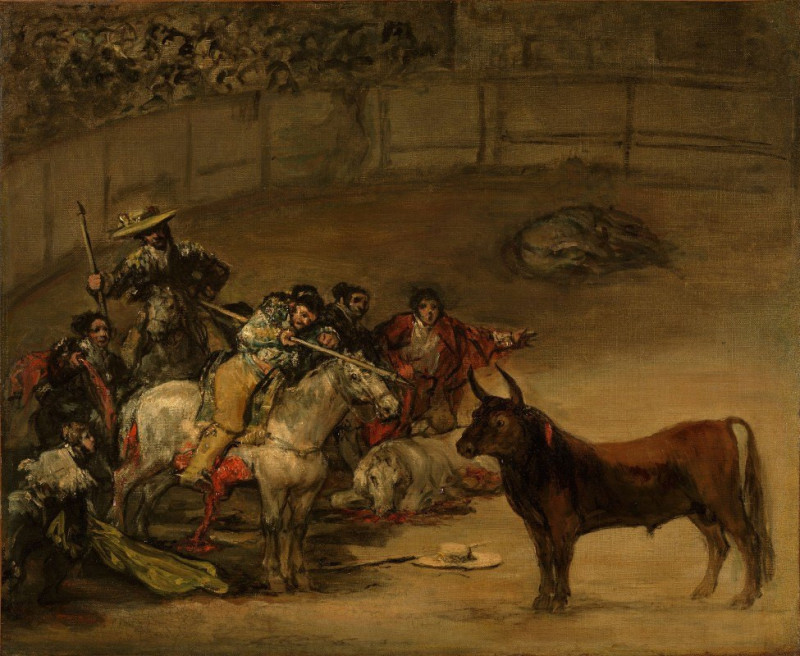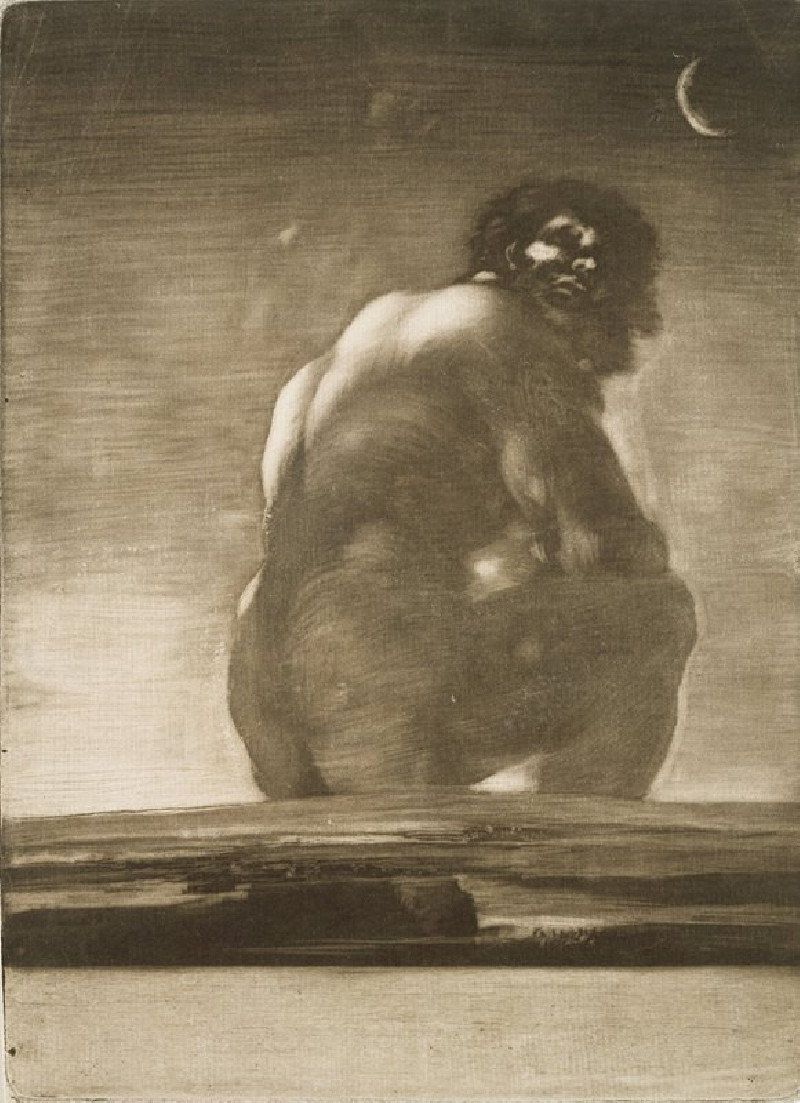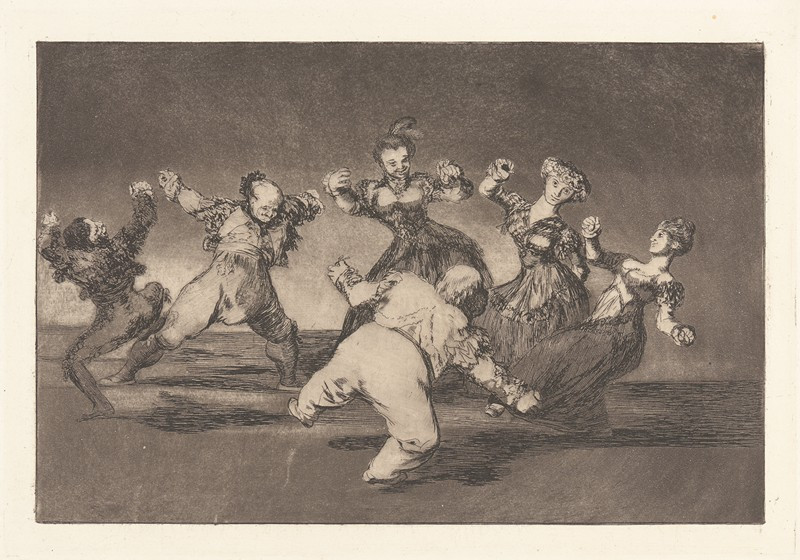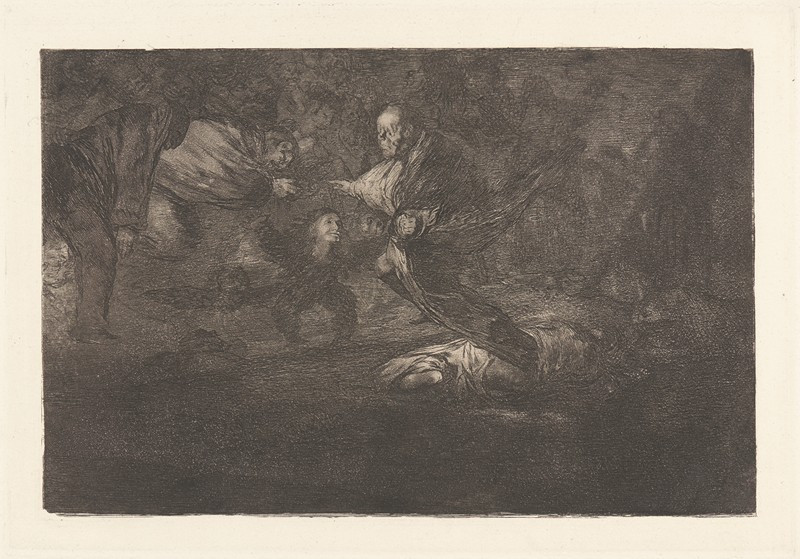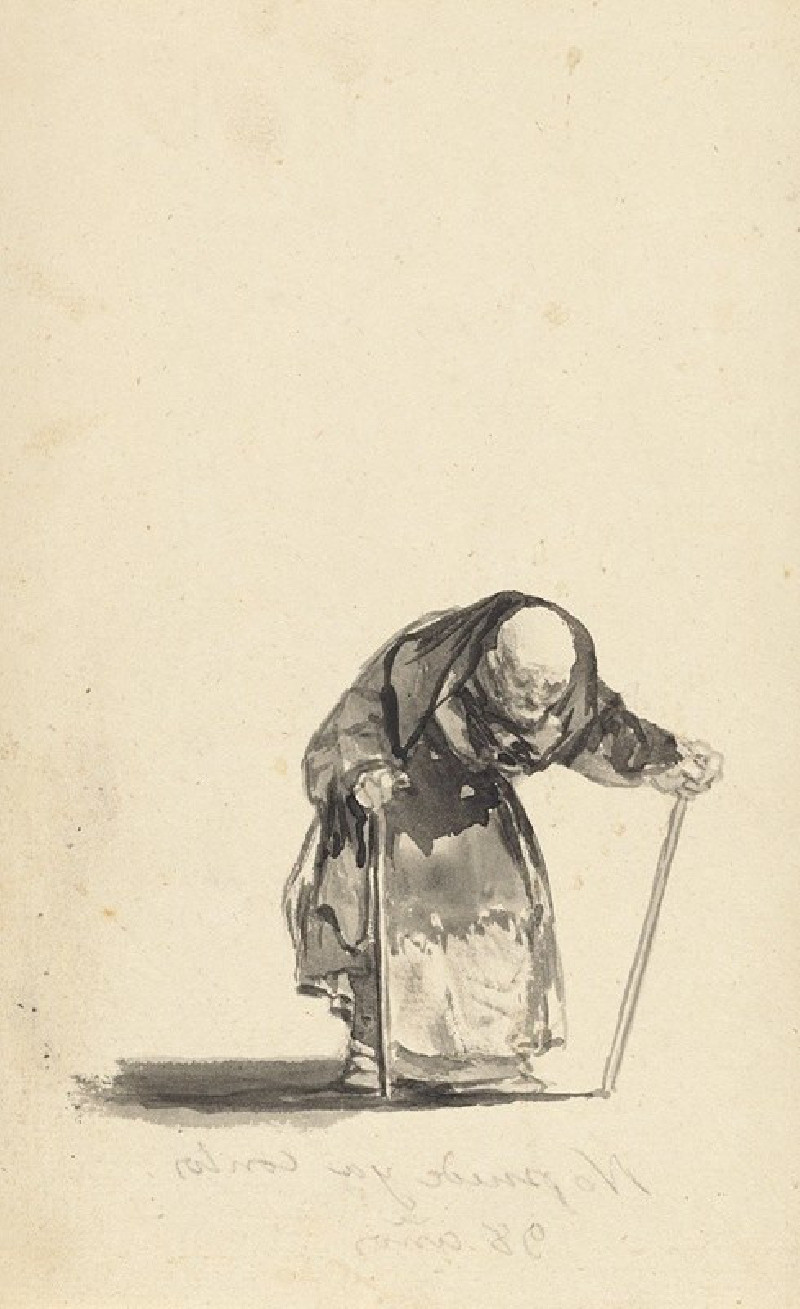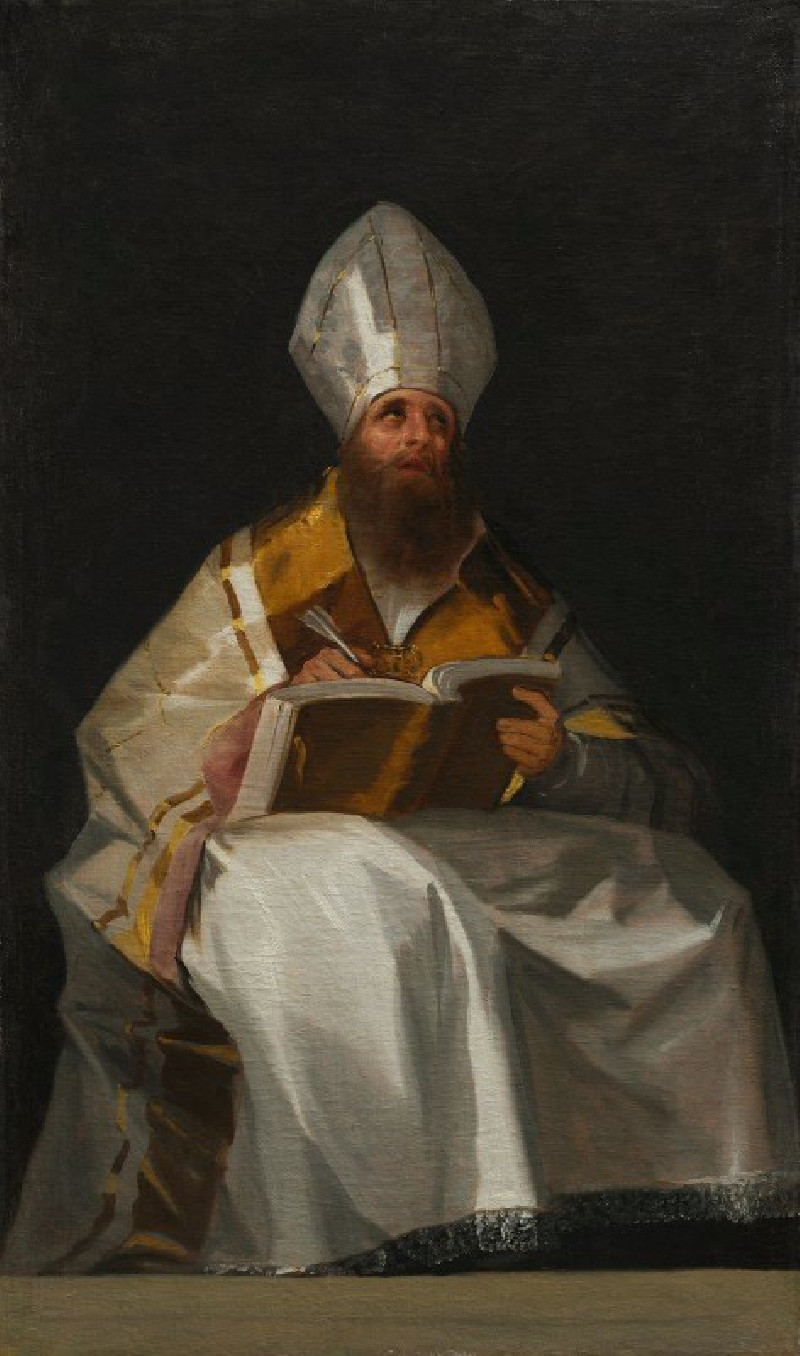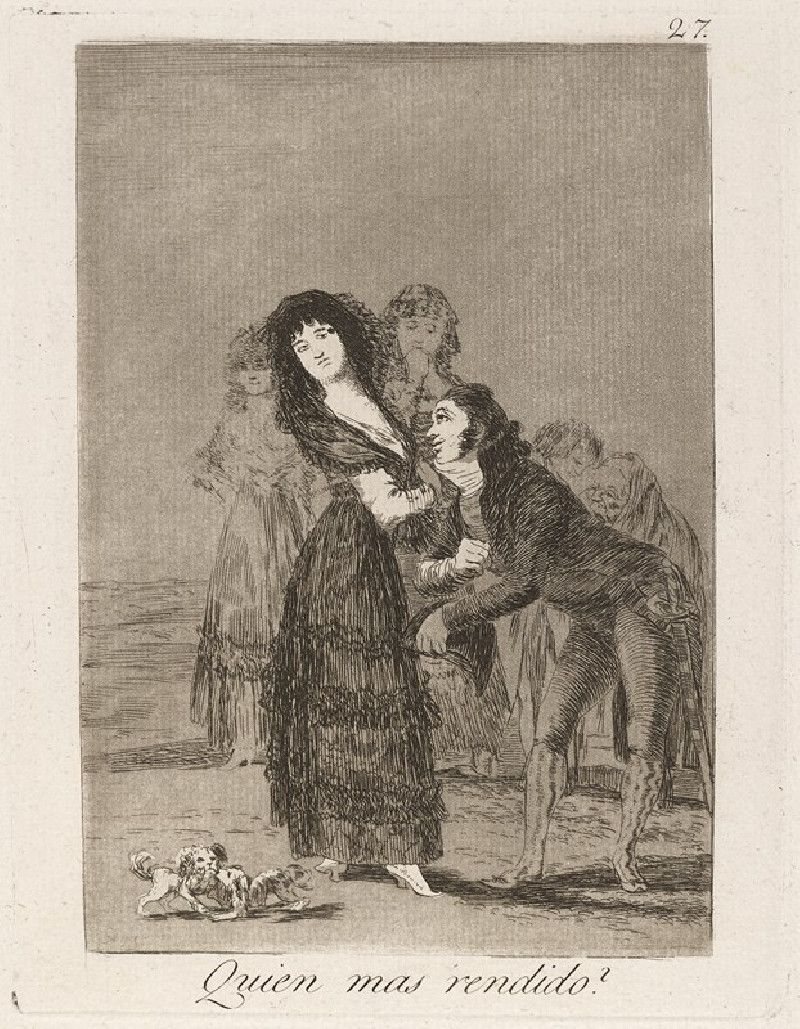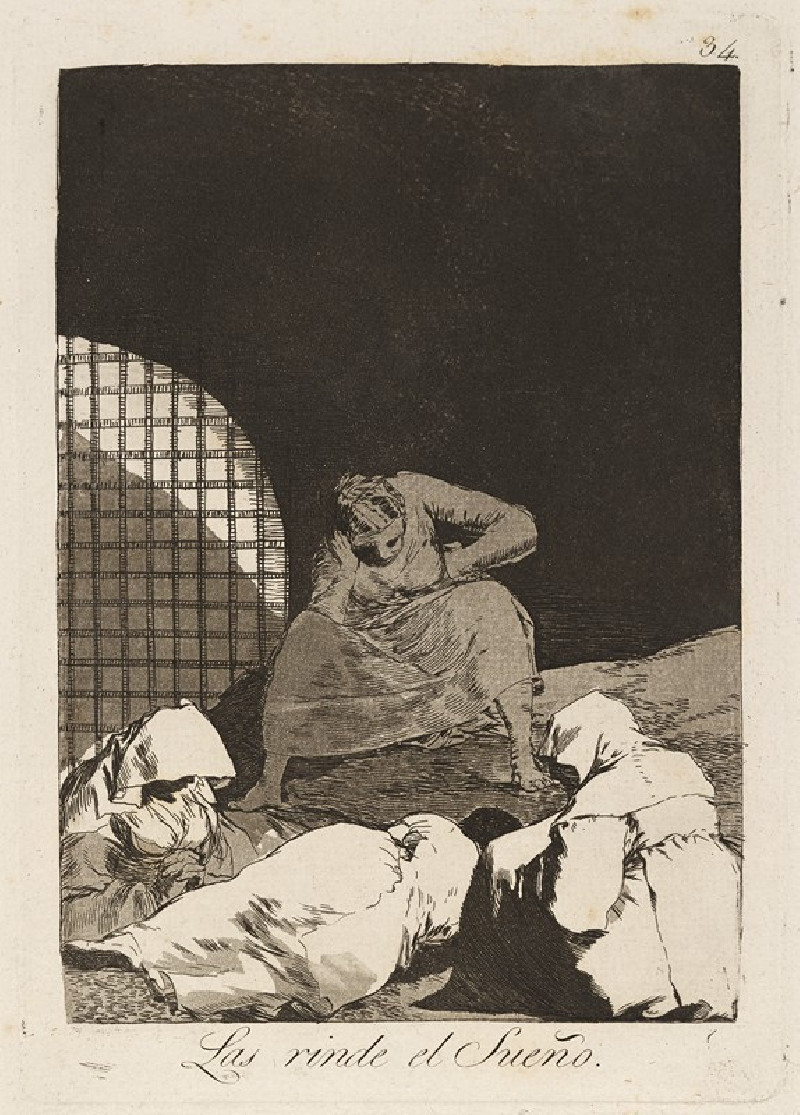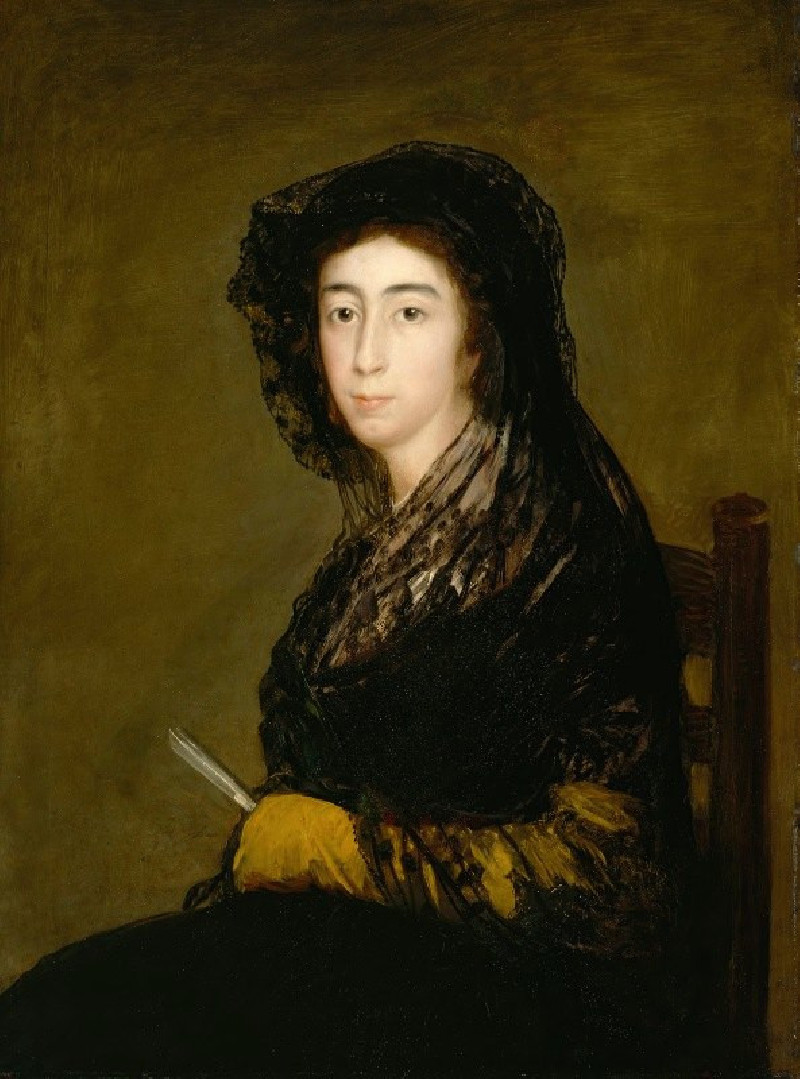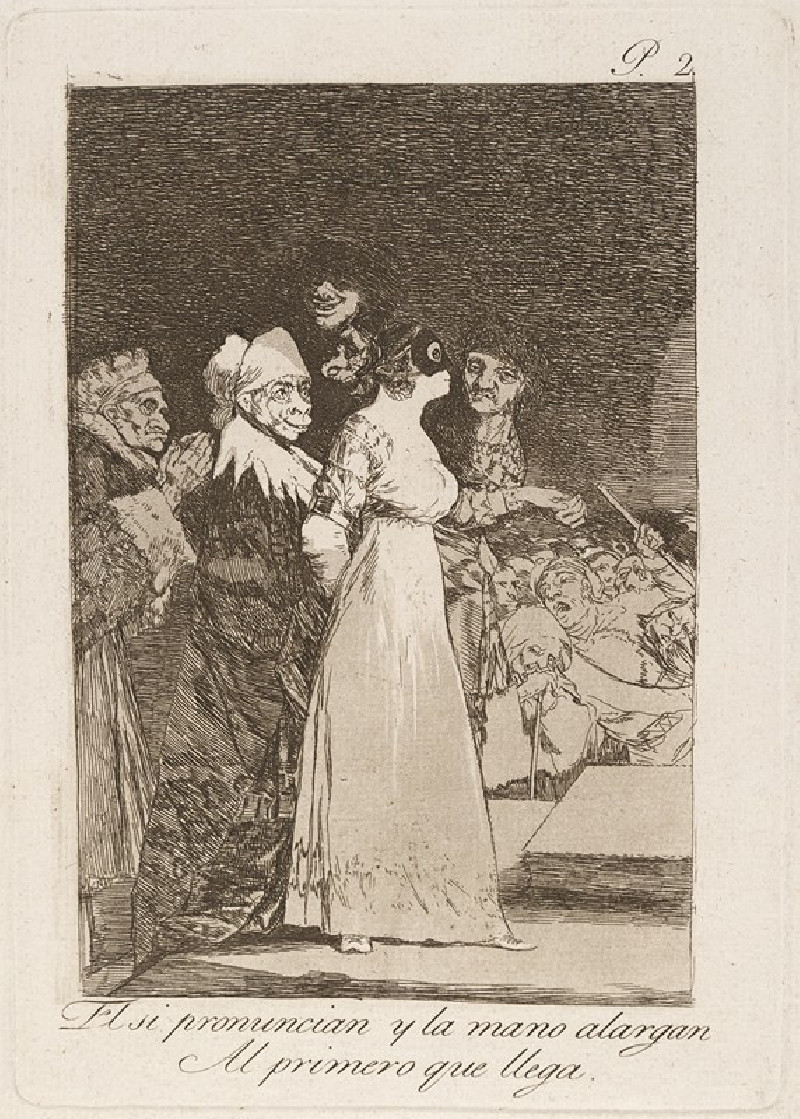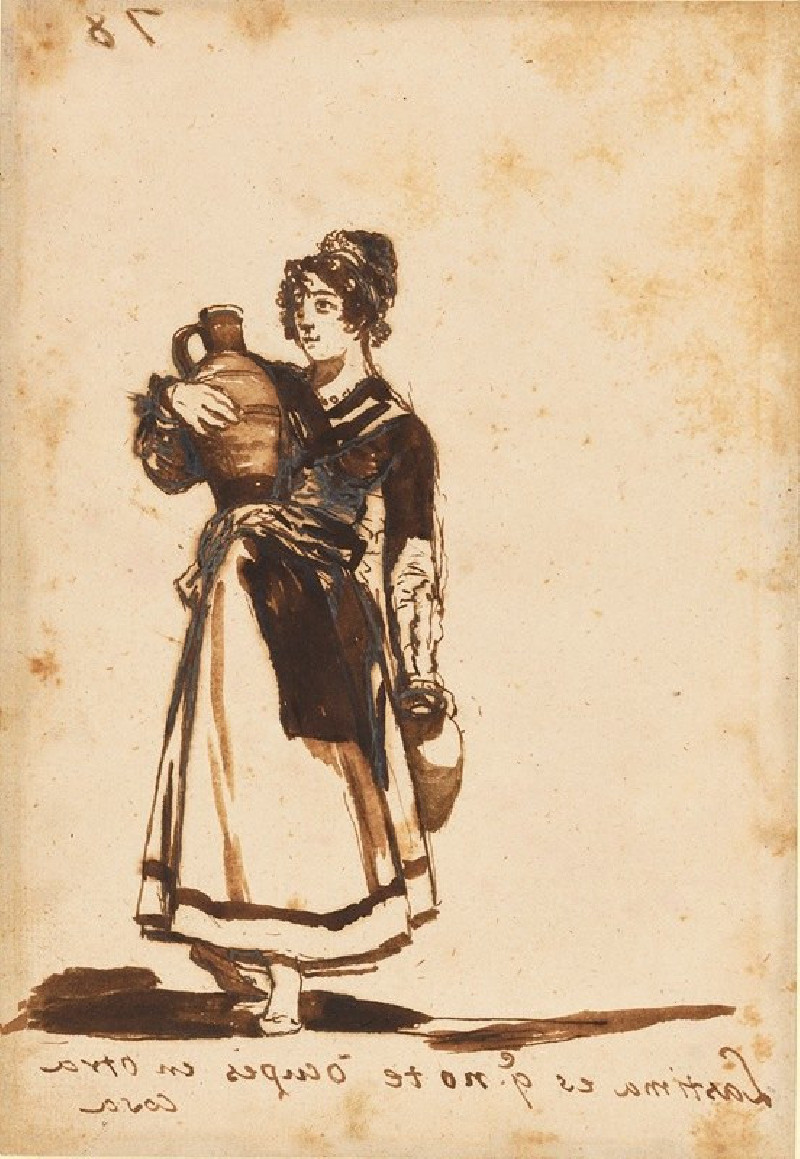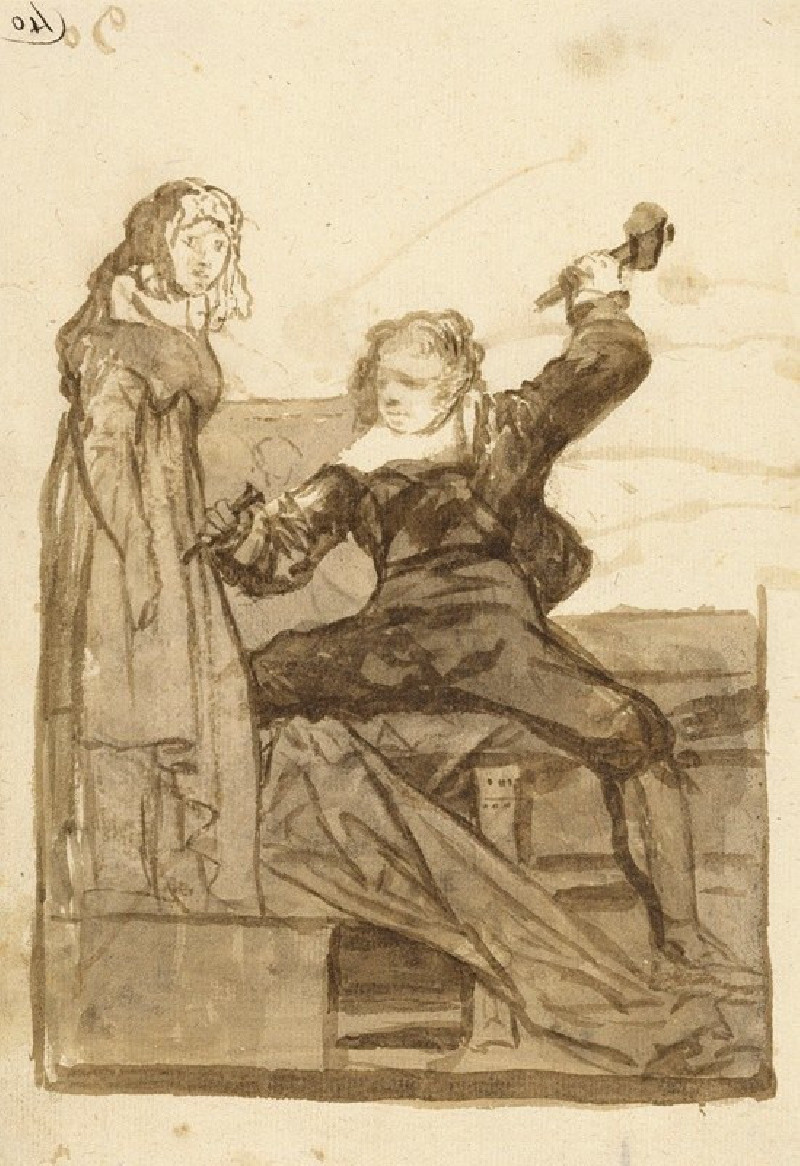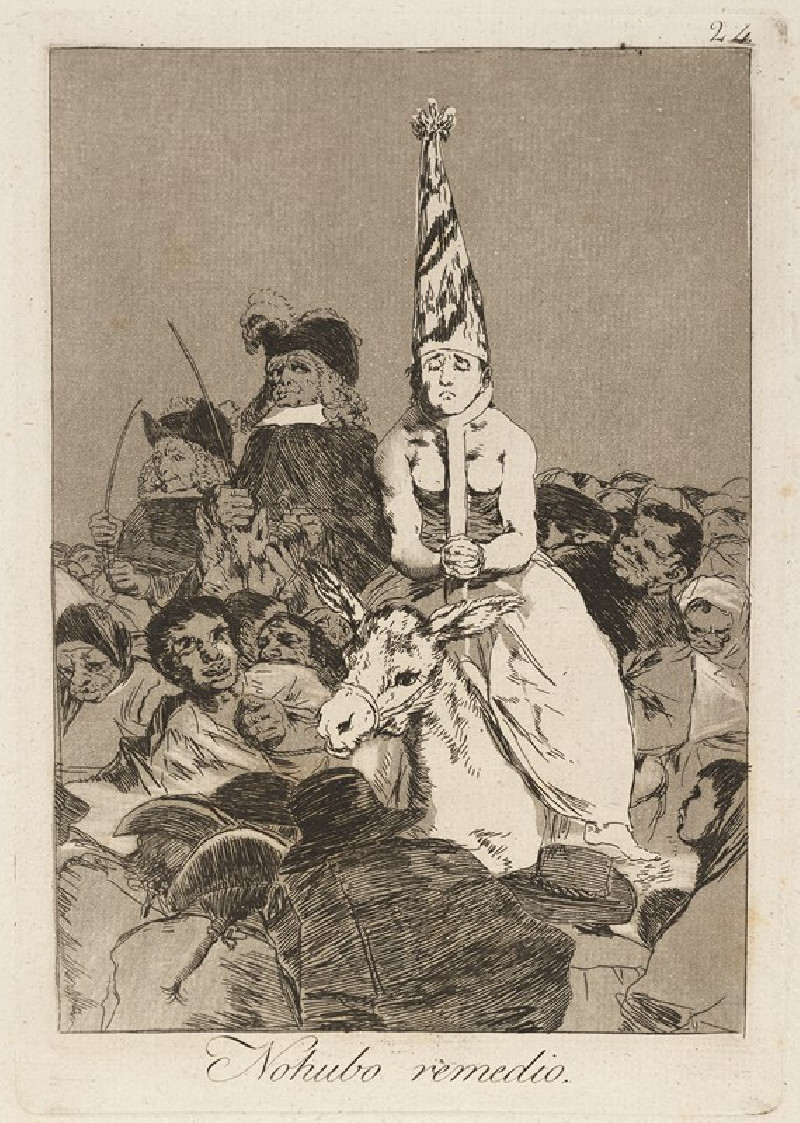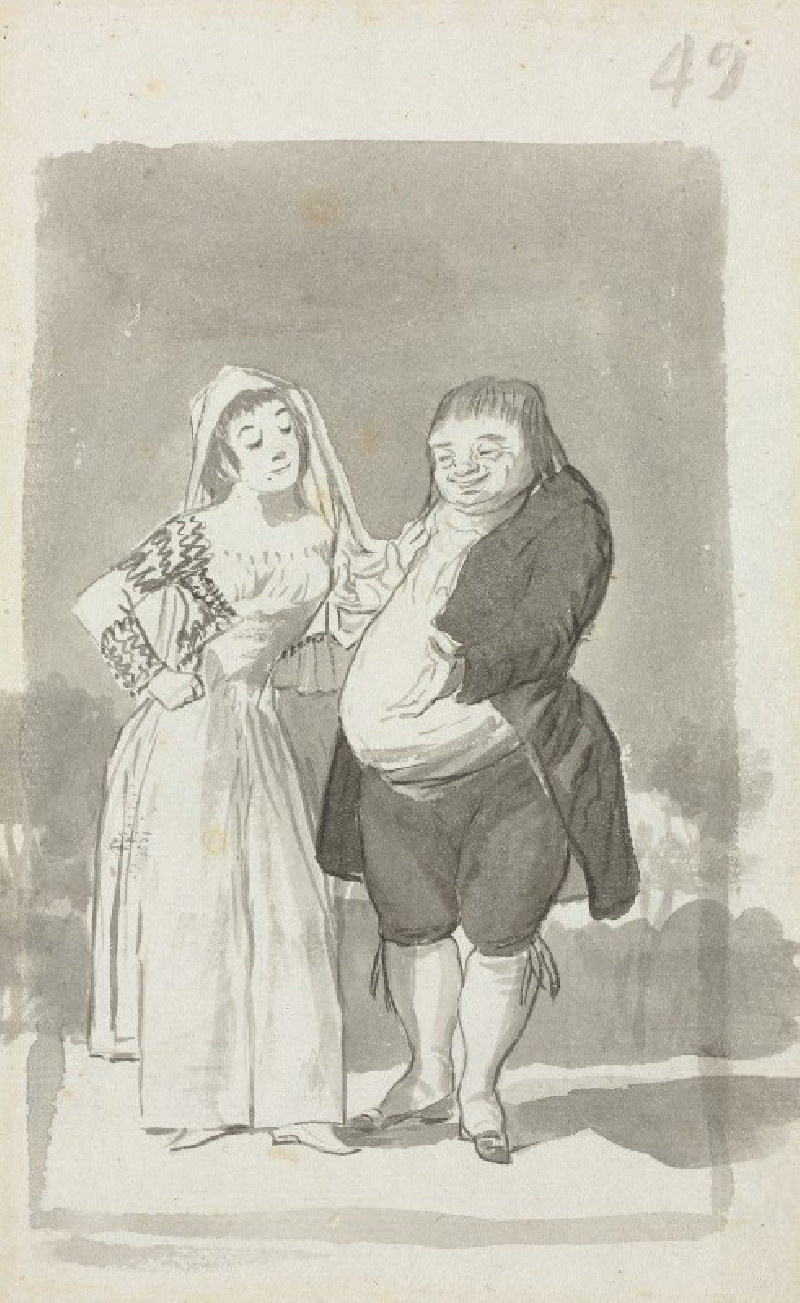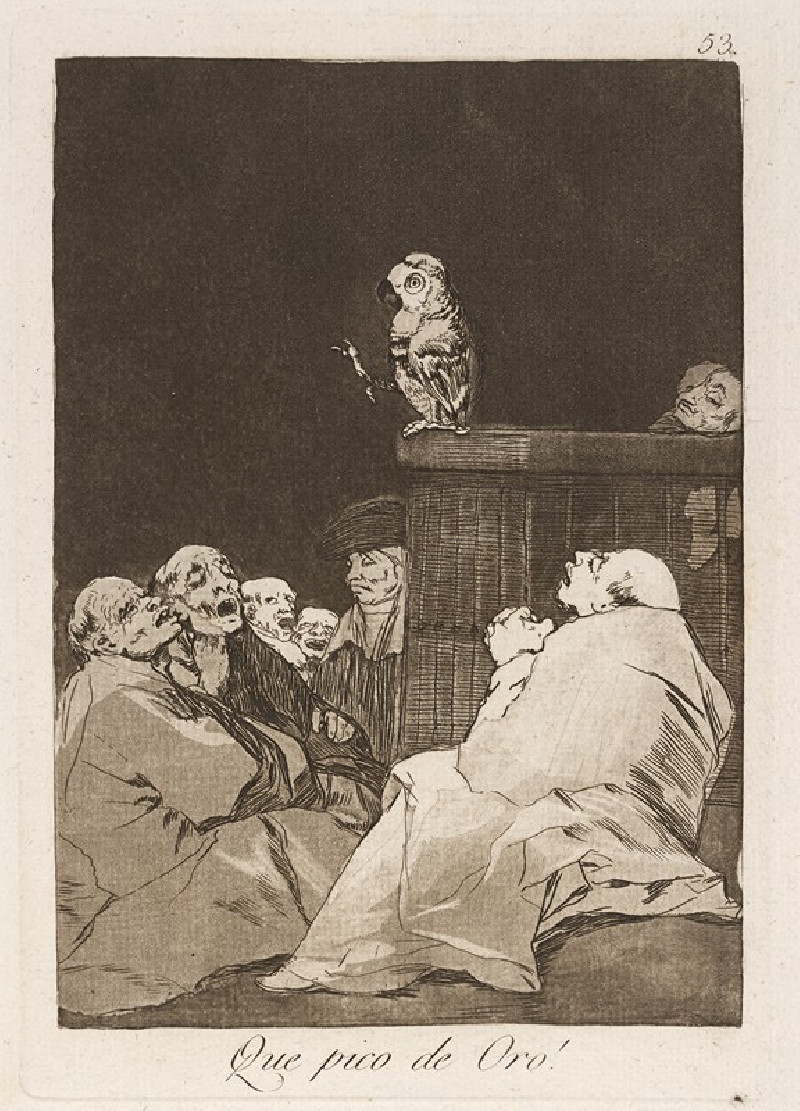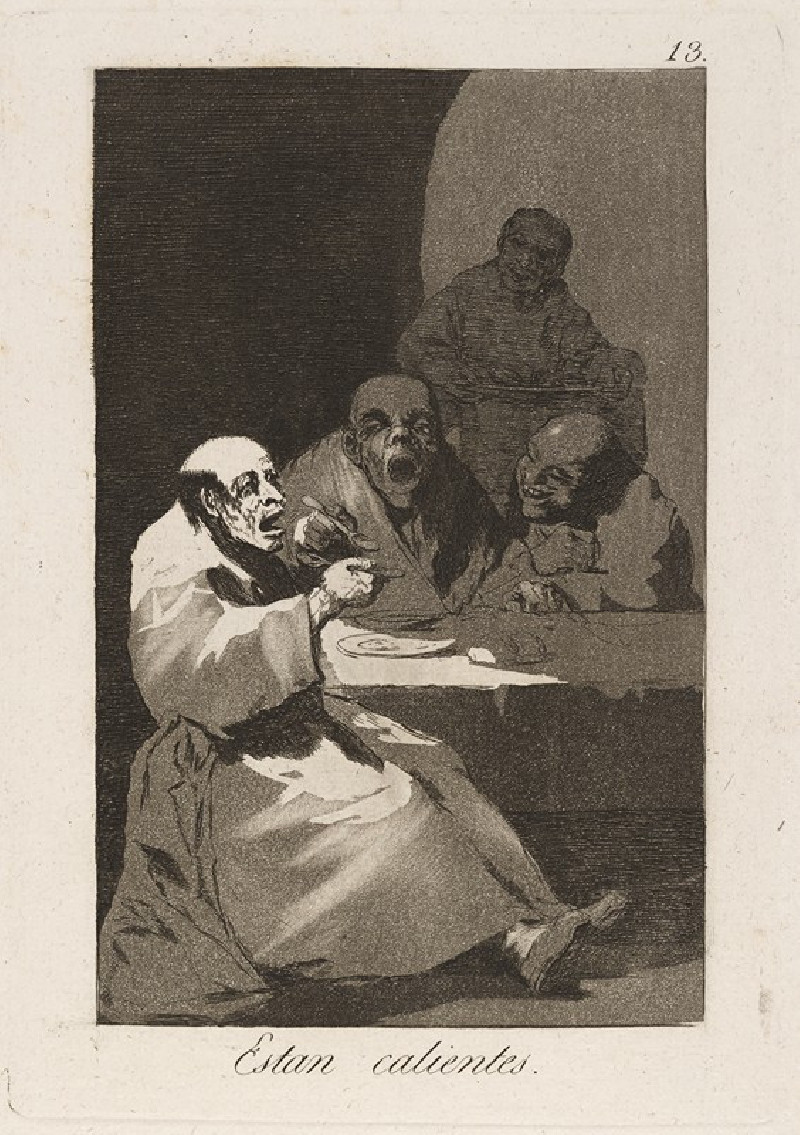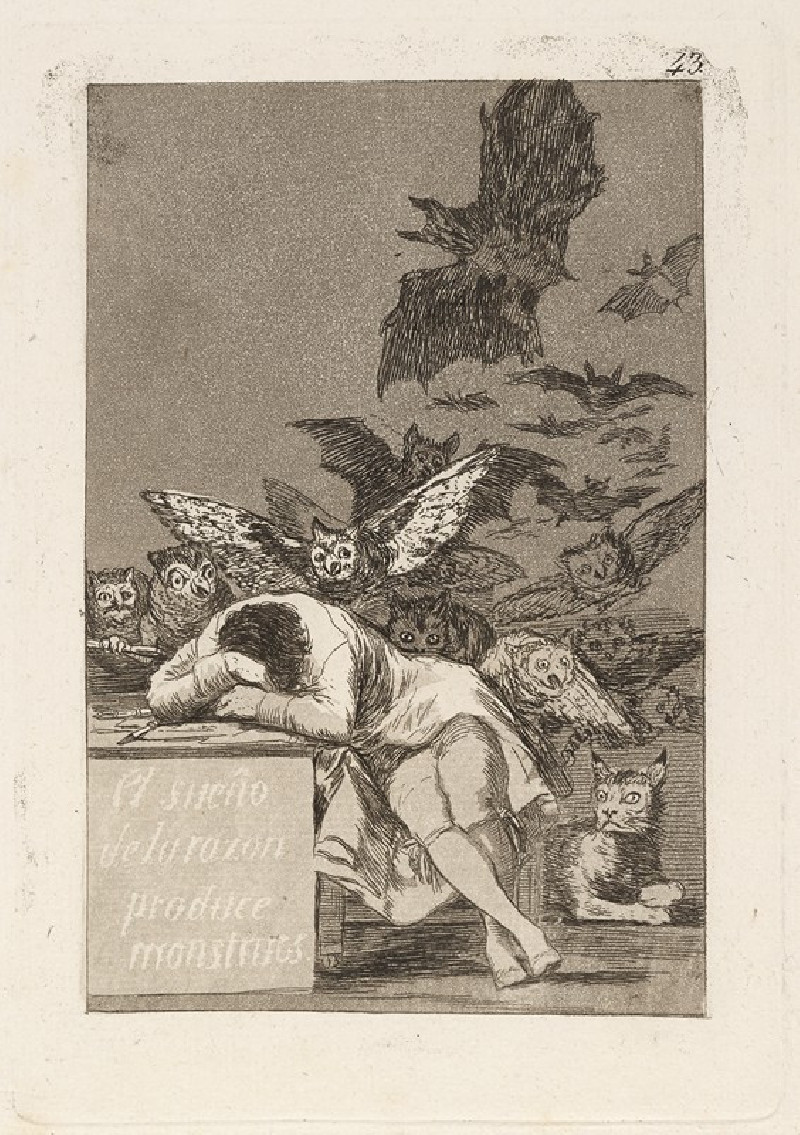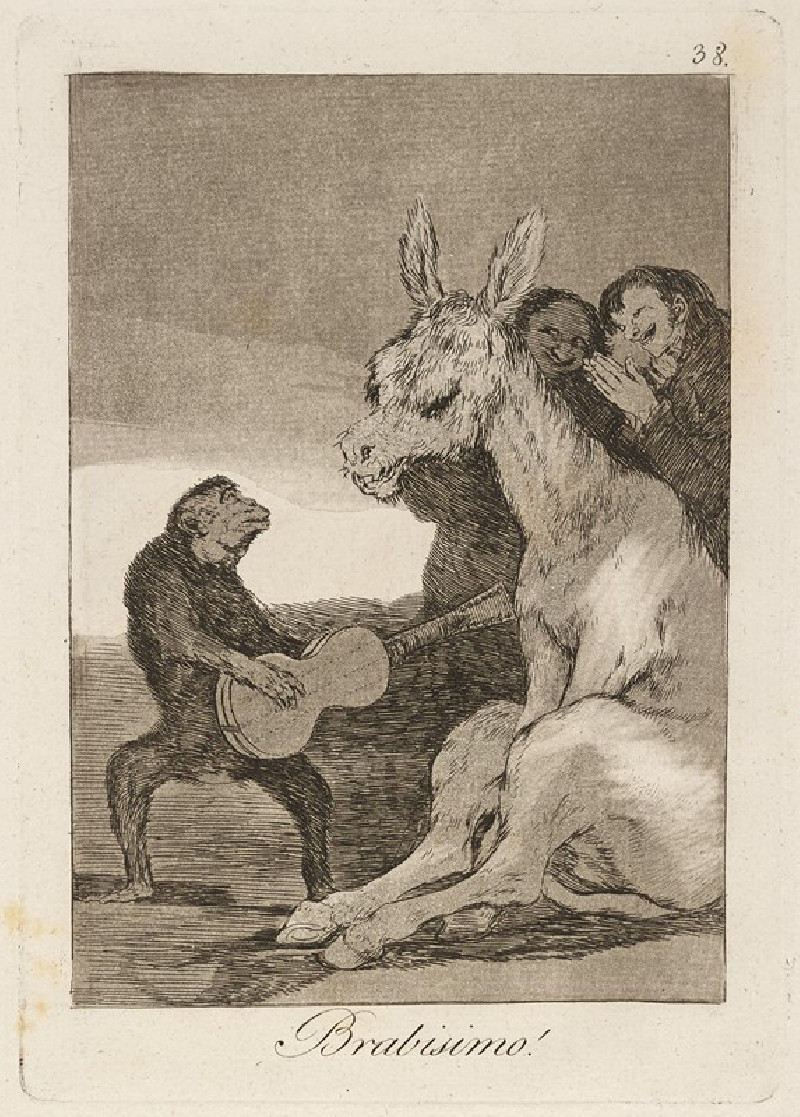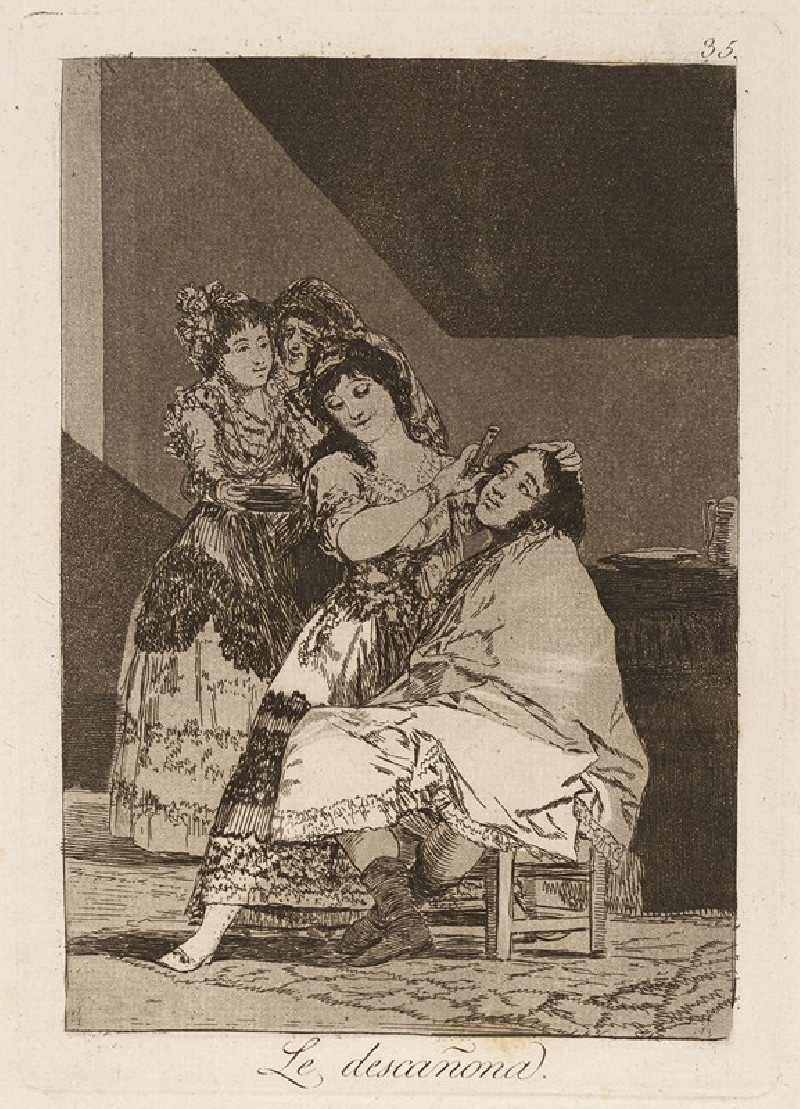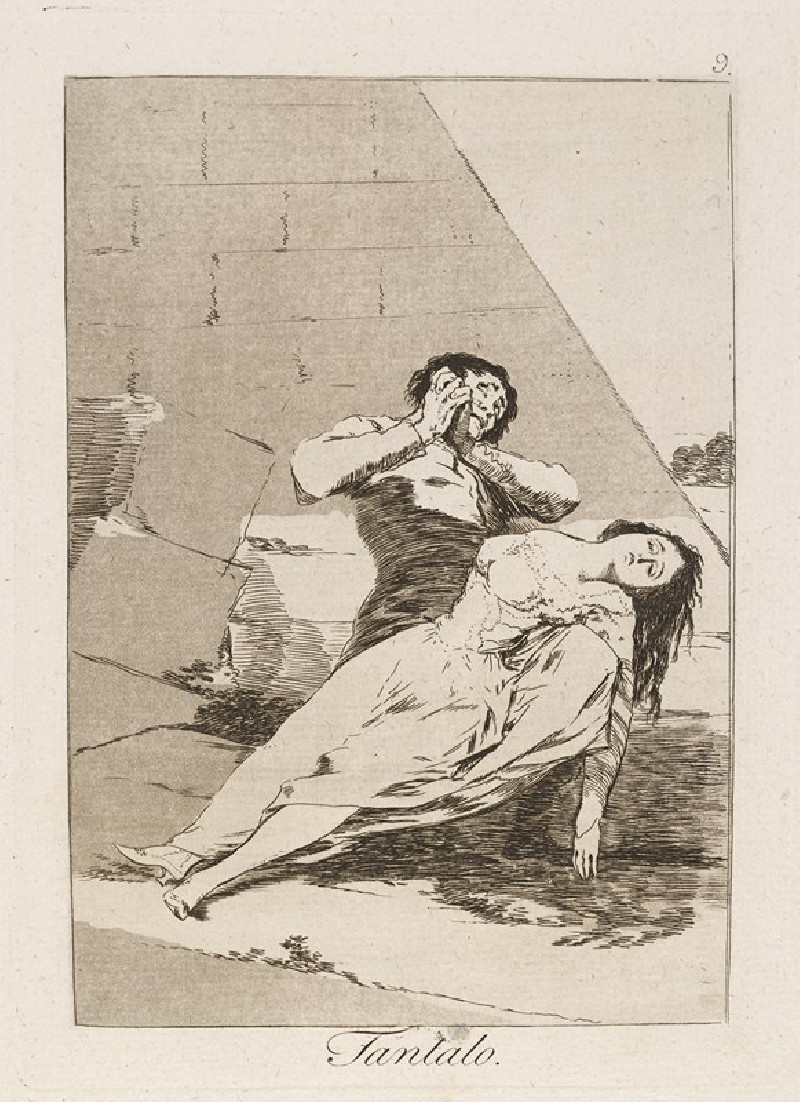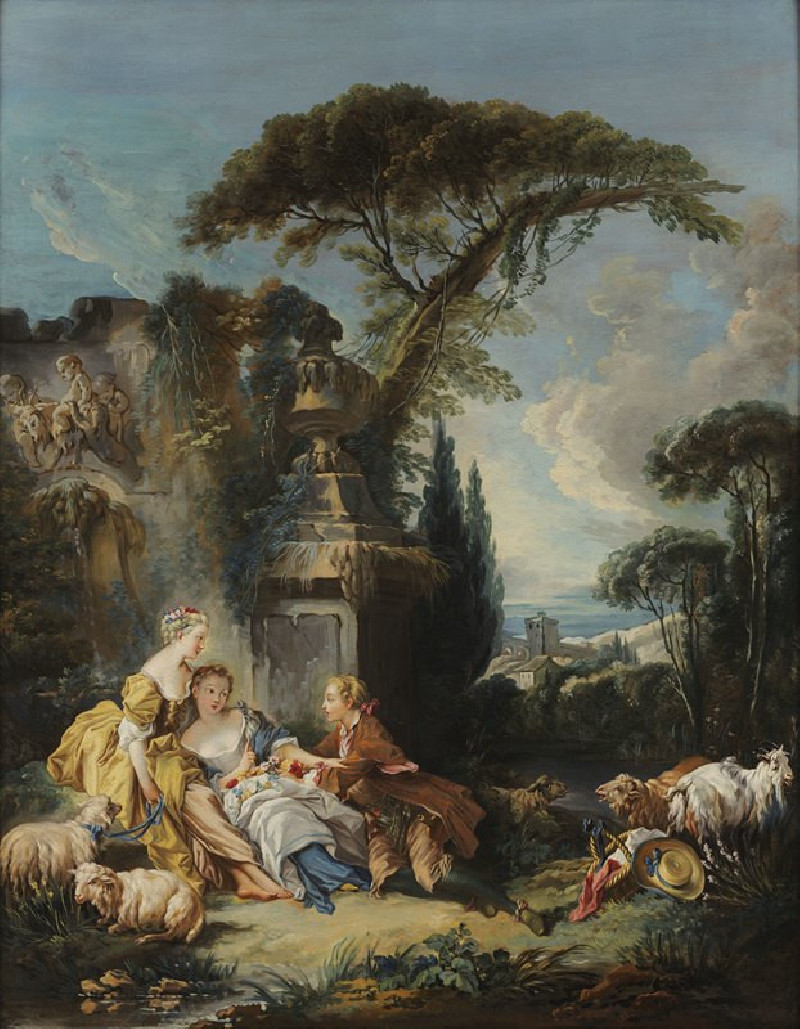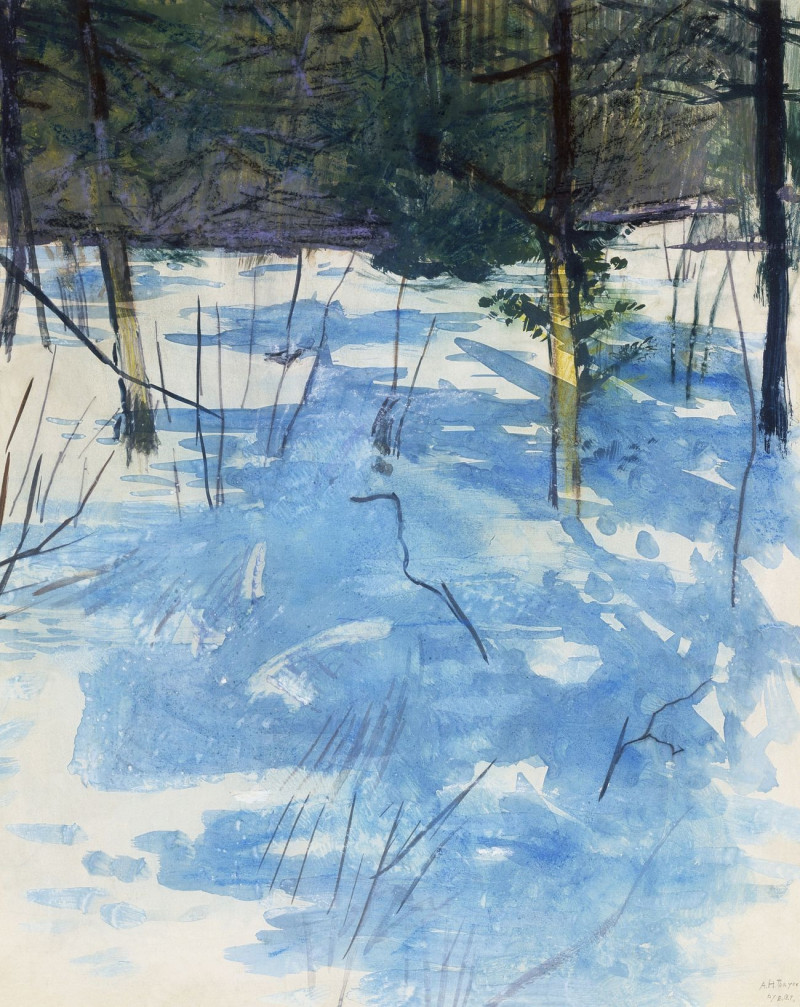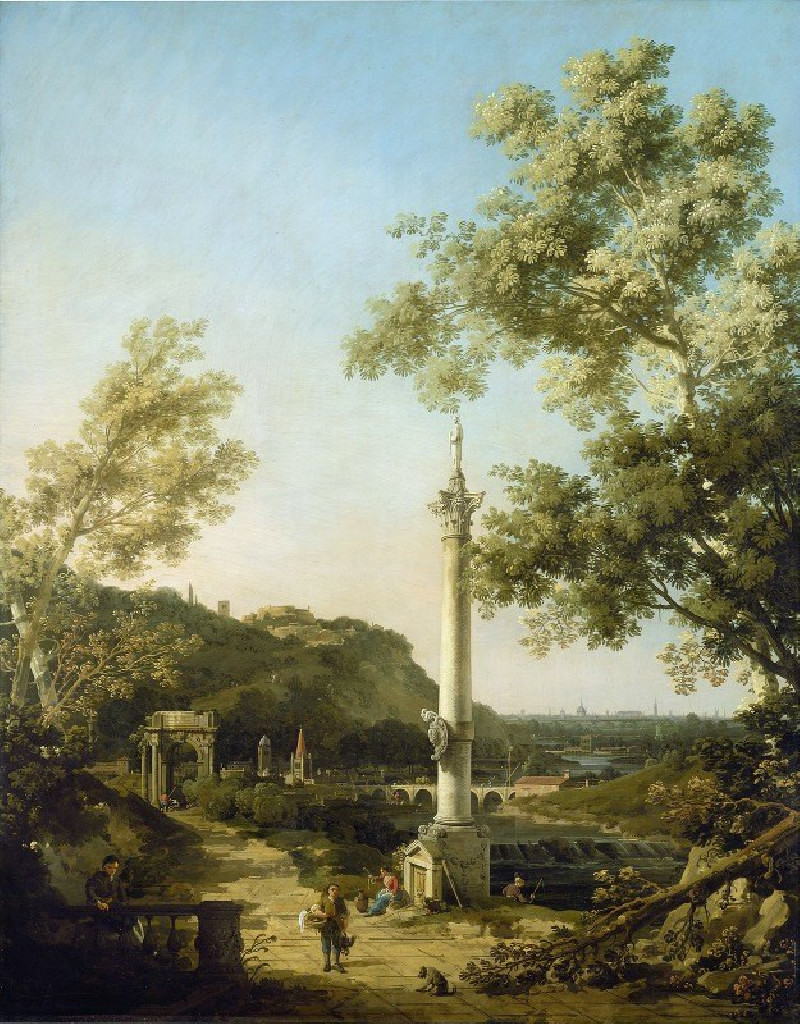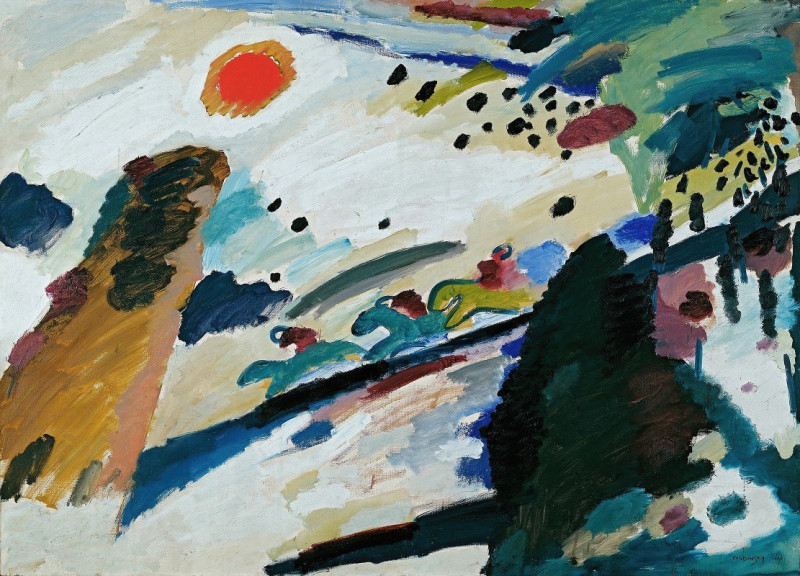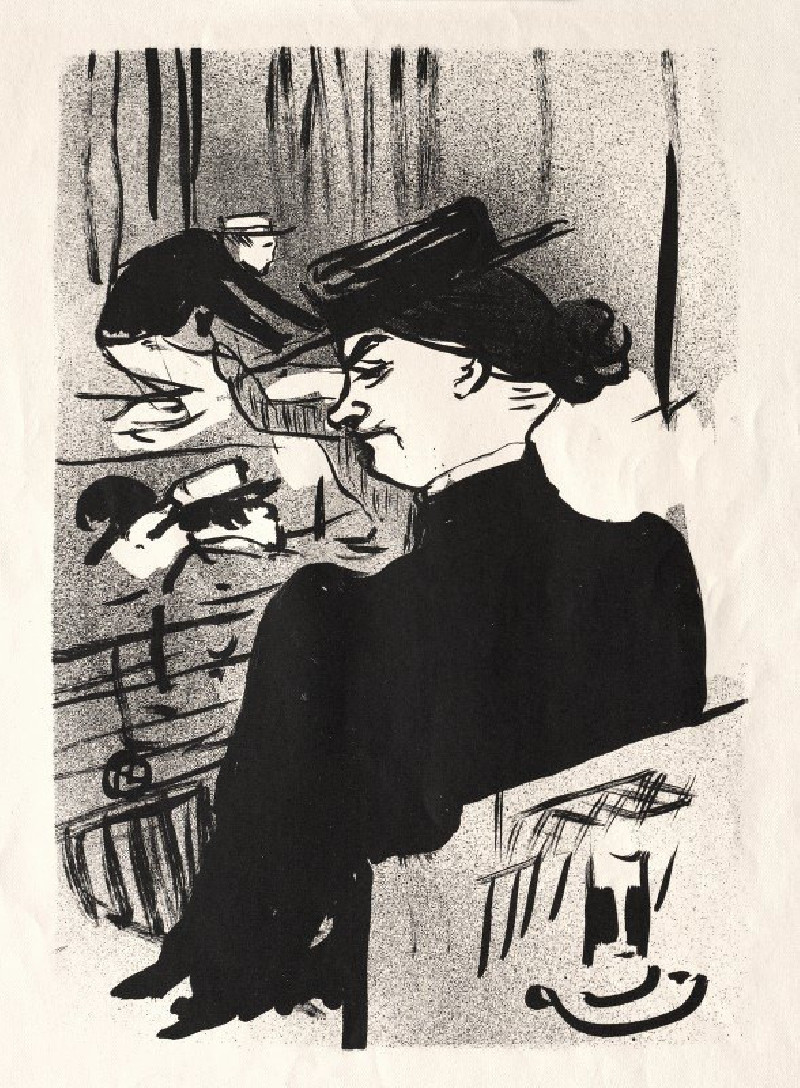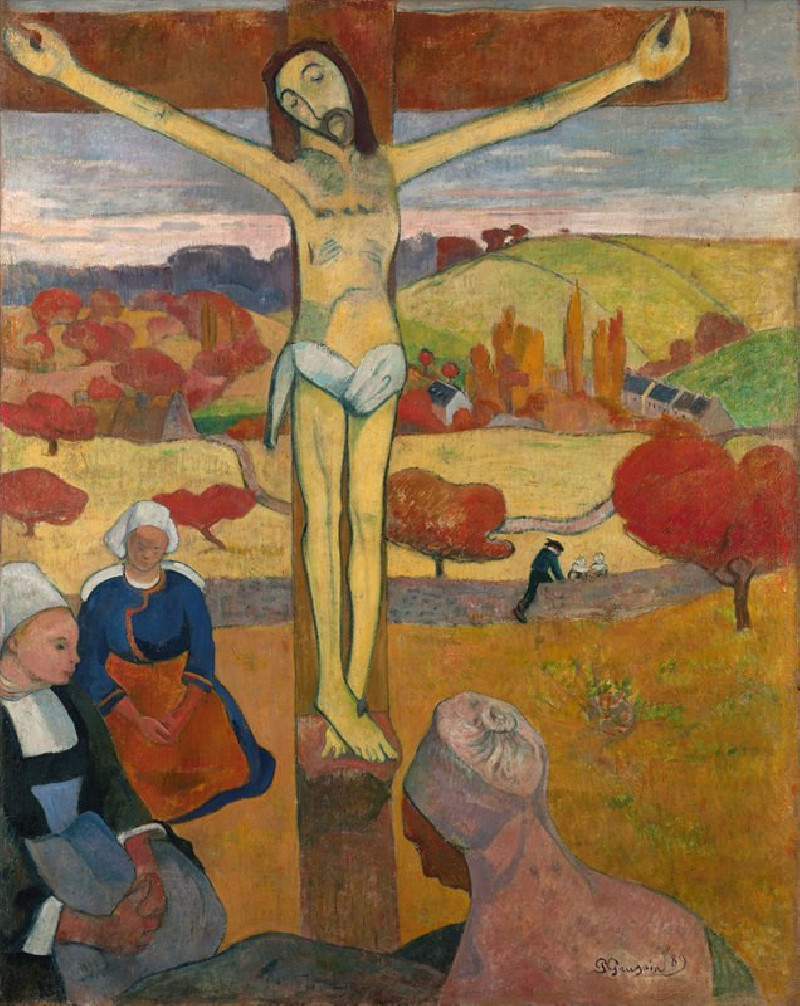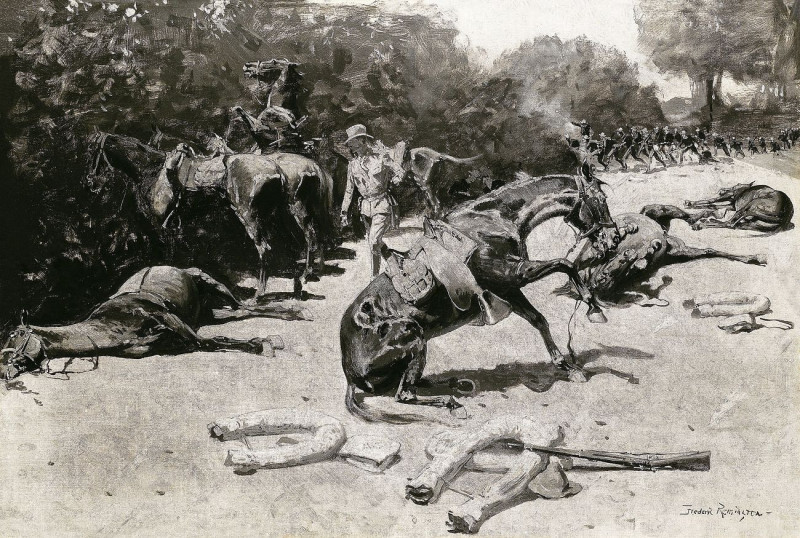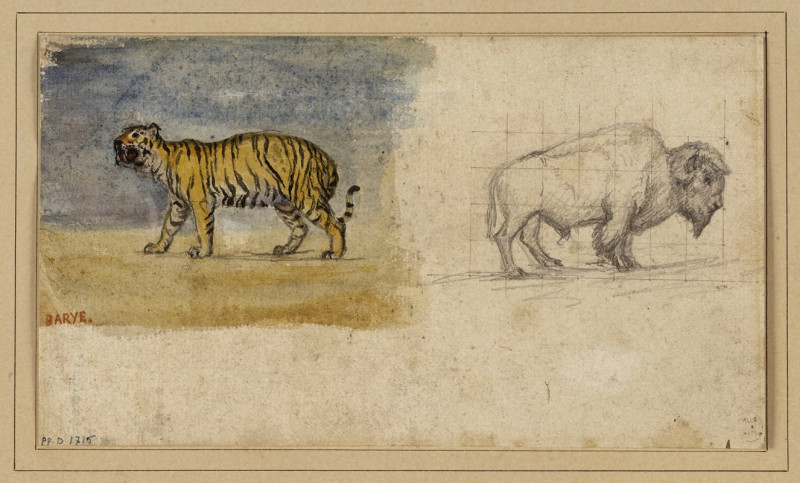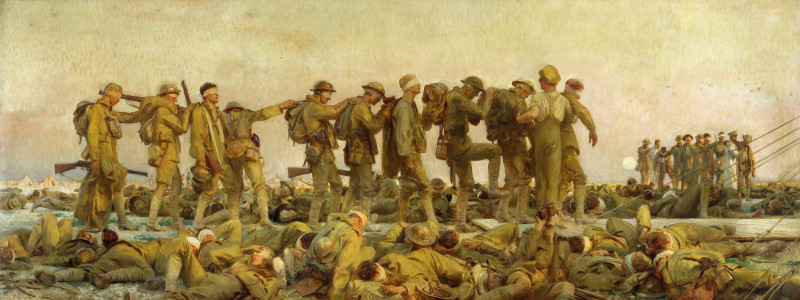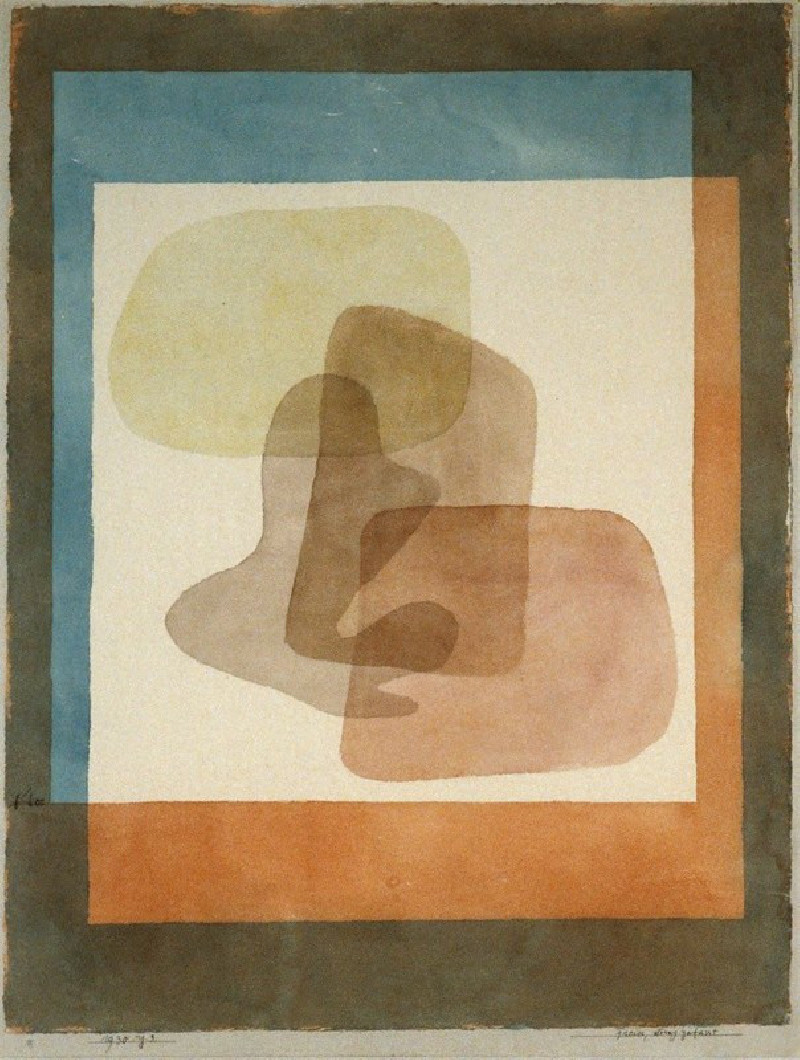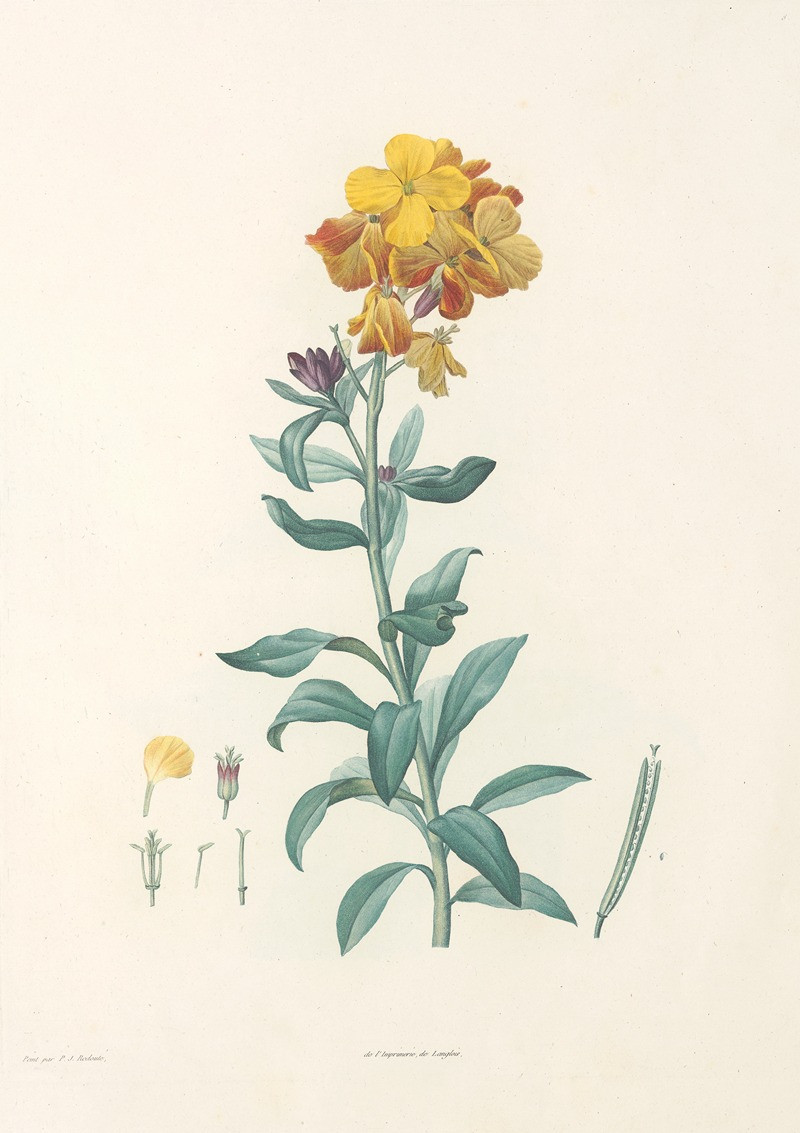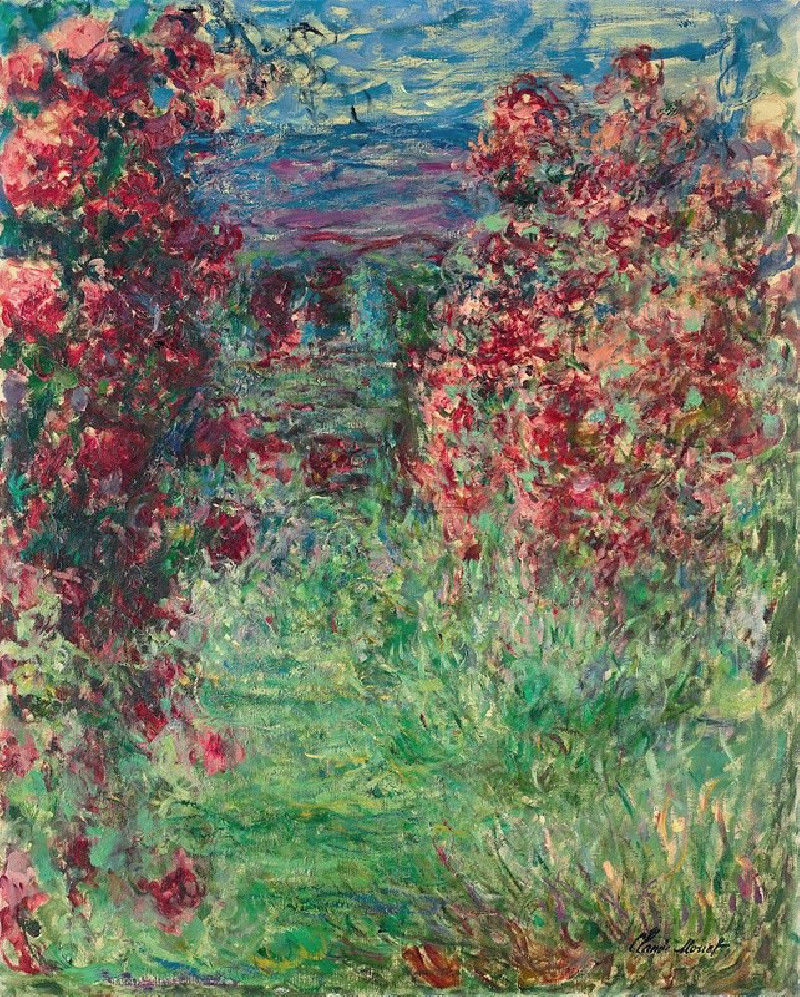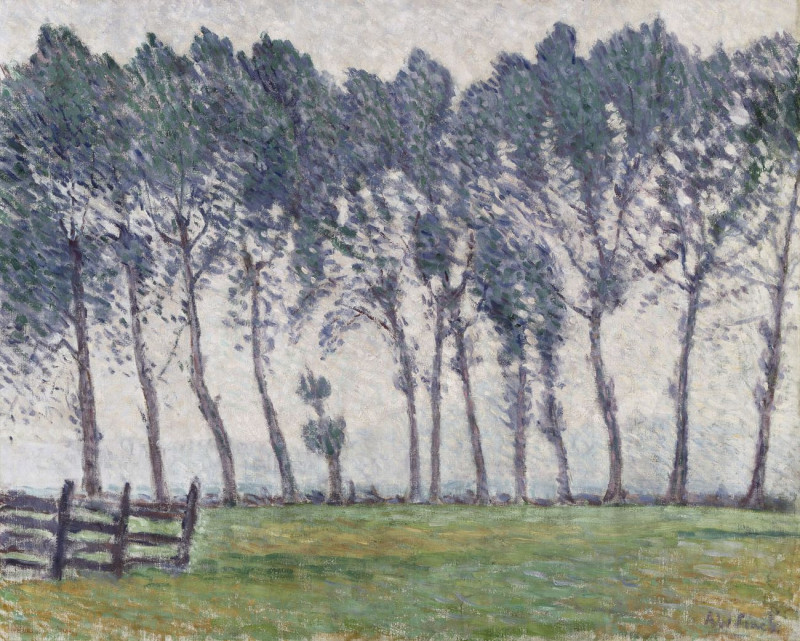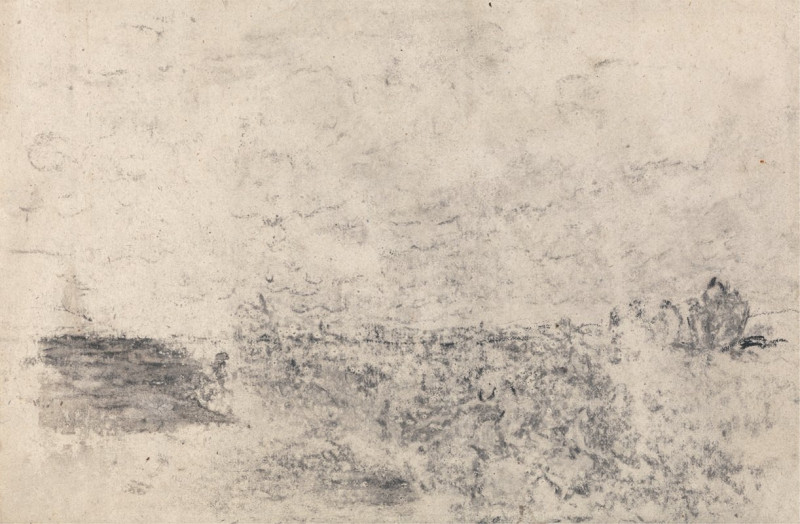Bullfight, Suerte de Varas
Technique: Giclée quality print
Recommended by our customers
More about this artwork
Francisco de Goya, a master of Romantic art who often delved into the depths of human experience, offers us a vivid glimpse into the intensity of Spanish culture through his painting titled “Bullfight, Suerte de Varas”. This artwork captures a striking moment in the traditional Spanish bullfight, immersing the viewer in the raw emotions and inherent drama of the event.In this moody and dynamic scene, Goya sets the stage with the bull standing prominently at the right, exuding a sense of calm power in contrast to the chaos around it. The animal's gaze towards the viewer adds a compelling focal point, inviting one to ponder its fate and feelings amidst the unfolding spectacle. To the left, the drama escalates with the portrayal of a picador, mounted on a horse, poised strategically as he prepares to engage the bull with a long lance. The horse appears distressed, suffering from previous encounters, adding a layer of pathos to the scene.The surrounding figures, including other bullfighters and spectators draped in colorful attire, contribute to the vibrant yet tense atmosphere. Their expressions and gestures, ranging from anticipation to fear and excitement, encapsulate the wide range of human emotions that bullfighting elicits.Goya’s use of loose, energetic brush strokes and a predominantly earthy palette enhances the sense of movement and immediacy in the scene, embodying the peril and spectacle that define the bullfight. His ability to convey the essence of such events, capturing both their cultural significance and controversial brutality, remains unparalleled.This painting not only serves as an artistic exploration of a traditional practice but also prompts reflection on deeper themes of life, death, and the human condition.
Delivery
Returns
Francisco José de Goya y Lucientes (30 March 1746 – 16 April 1828) was a Spanish romantic painter and printmaker. He is considered the most important Spanish artist of the late 18th and early 19th centuries. His paintings, drawings, and engravings reflected contemporary historical upheavals and influenced important 19th- and 20th-century painters. Goya is often referred to as the last of the Old Masters and the first of the moderns.

